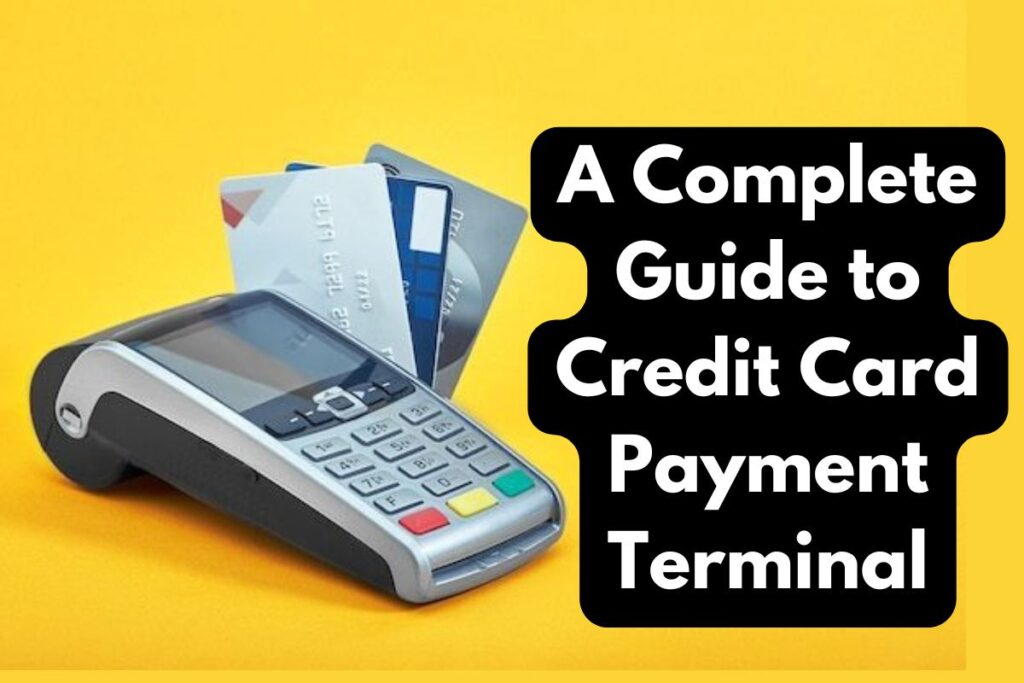Many businesses have to sort through several credit card machine options and look for a terminal that works for them. These days, credit card payment terminals are essential for businesses.
These devices have become common in restaurants, retail stores, and even mobile services, making it easier for customers to pay with credit and debit cards. If you’ve ever swiped or tapped your card at a checkout counter, you’ve interacted with a credit card payment terminal.
But what exactly is this technology, how does it work, and what benefits does it offer? Let’s find out.
An Overview of Credit Card Payment Terminals
As stated earlier, a credit card payment terminal is a device that allows businesses to accept payments using credit or debit cards. It’s the point where a customer’s payment information is captured and processed during a transaction.
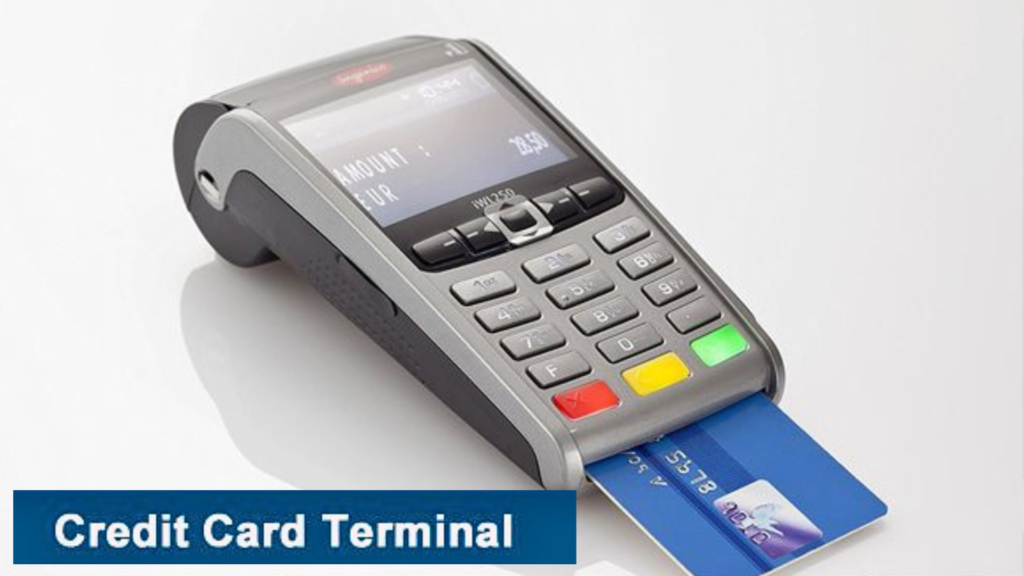
These terminals take different forms, from traditional countertop models to portable wireless devices. Whatever kind they are, their job is to move money quickly and safely from a customer’s card to the business’ bank account.
With the drop in cash use, it’s essential to provide customers with other payment options, particularly cards or mobile payment methods like Apple Pay or Google Wallet.
How Do Credit Card Payment Terminals Work?
Many payment processing companies offer businesses a free credit card payment terminal as part of their service package. However, to understand how a credit card payment terminal works, it’s helpful to break down the process into simple steps:
- Card Data Capture: The terminal captures the cardholder’s information, usually by contactless tap (NFC), wipe, or chip. Card details can also be manually inputted into specific terminals.
- Transaction Authorization: Once the card information is captured, the terminal transmits the card details to the payment processor. The payment processor then confirms the customer has enough funds or credit to complete the transaction.
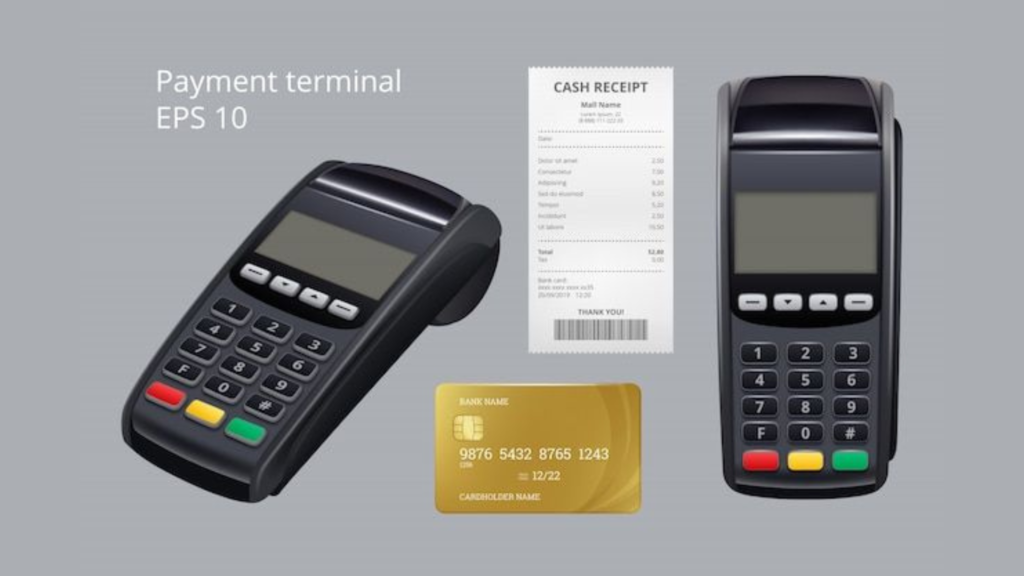
- Approval or Denial: The transaction is either approved or denied depending on the cardholder’s credit limit or available funds. A receipt is printed (or emailed) for the customer and the merchant if approved.
- Settlement: At the end of the day or a set period, the merchant batches together all completed transactions and sends them to the bank for settlement. This is when the transfer of funds is carried out from the cardholder’s bank account to the merchant account.
ALSO READ: 8 Credit Mistakes To Avoid
Types of Credit Card Payment Terminals
There are various types of credit card payment terminals, each designed to meet different business needs. They include:
Countertop Terminals
Countertop terminals are stationary devices usually found at retail stores or restaurants. They are connected to phone lines, Ethernet, or Wi-Fi and are ideal for businesses with a dedicated checkout space.
Mobile Payment Solutions
These portable devices are connected to smartphone—or tablet-based POS systems using the Internet or cellular. They provide convenience and flexibility for mobile businesses that must receive payments while on the go.
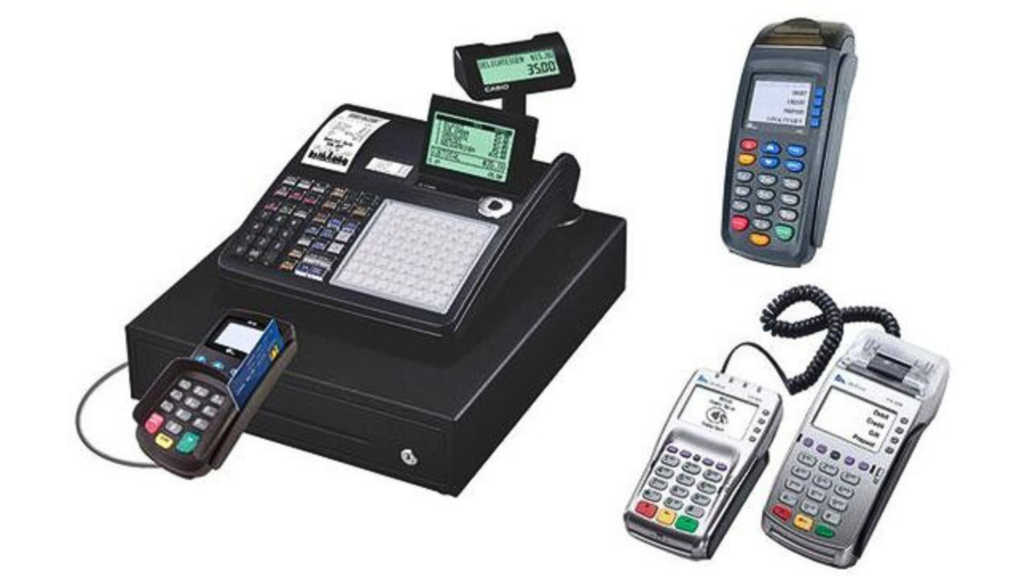
Wireless Terminals
Wireless terminal devices use Bluetooth or Wi-Fi to connect to the internet, allowing businesses to receive payments anywhere within their premises. They’re ideal for industries like food trucks, delivery services, pop-up shops, or market vendors.
Virtual Terminals
Virtual terminals are software-based platforms that allow businesses to process payments using a computer or tablet phone or mail orders through a secure online portal. They’re often used for telephone or online orders where the card isn’t physically present.
Integrated POS Systems
These integrated point of sale (POS) system terminals combine payment processing capabilities directly into the business’s existing software, acting as an all-in-one system. Restaurants, bars, and retailers with complex needs commonly use them.
Advantages of Using Payment Terminals
Investing in a payment terminal comes with many benefits. Some of them include:
- Improved Customer Experience: Payment terminals provide consumers with a quicker and more convenient checkout. Customers can complete their purchases quickly and safely, increasing their satisfaction and loyalty.
- Increased Sales: Accepting debit and credit card payments allows businesses to see a significant increase in sales, even from customers who may not have enough cash.
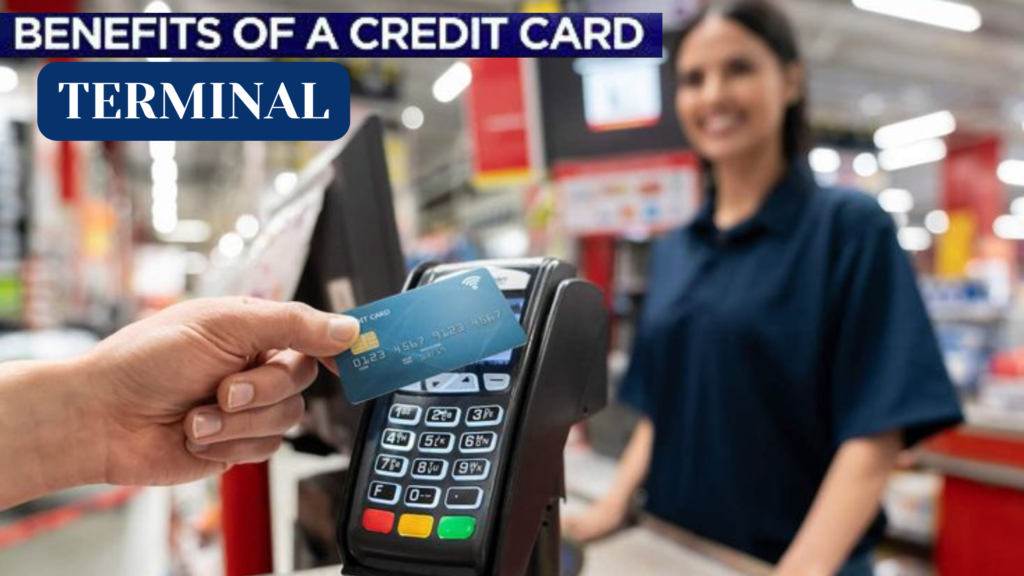
- Better Security: Credit card payment terminals are designed with security features to protect sensitive card information. This helps prevent fraud and ensures that customer data is handled safely.
- Efficient Transactions: Modern payment terminal machines process transactions in seconds. This speeds up the checkout process, reduces long lines, and ensures smoother business operations.
- Tracking and Record-Keeping: Many payment terminals come with software that tracks sales and stores data transactions, which makes accounting and record-keeping much more manageable for businesses.
ALSO READ: Visa Reveals Its Plan To Launch a New Product That Will Make Direct Bank Account Payment Safer
Choosing the Right Credit Card Payment Terminal for Your Business
The following are a few things to consider when selecting a credit card payment terminal for sale:
- The Business Type and Size: First, determine your business’s specific needs, such as the total number of transactions, the need for mobility, and the financial limits. Then, choose a terminal that fits your business’s type and size to ensure maximum efficiency and flexibility.
- Connectivity Options: To prevent downtime and transaction errors, you need to choose the most reliable and secure connectivity option. So, take your time to evaluate the available network options, such as wired, wireless, or mobile, based on your business’s location and operational needs.
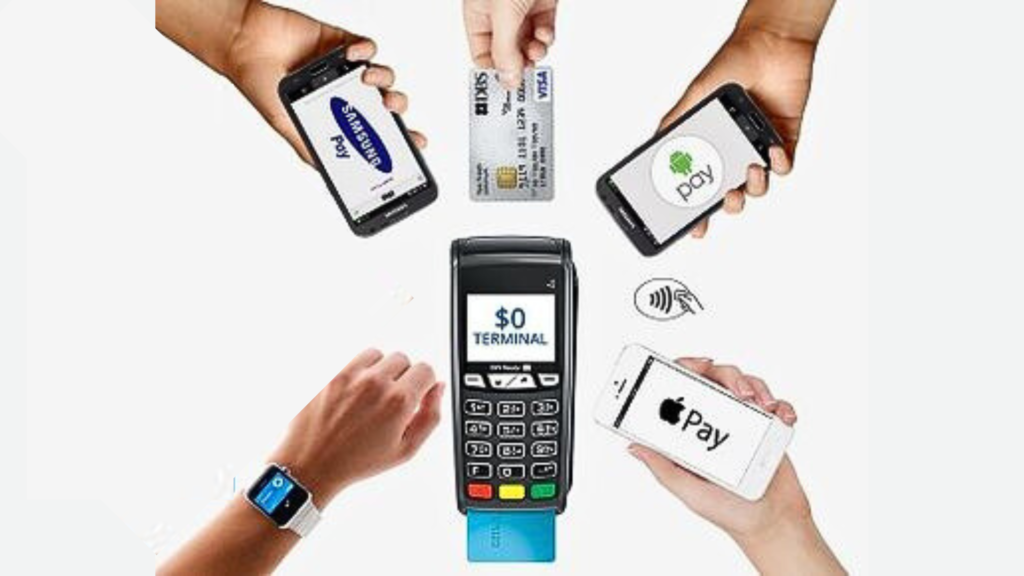
- Security Features: You need to prioritize terminals with advanced security features, like tokenization and encryption, to protect sensitive cardholder data and reduce the possibility of fraud. You can look for terminals that meet industry standards, like the Payment Card Industry Data Security Standard (PCI DSS).
- Payment Acceptance: If you want to accept chip cards, contactless payments, and mobile wallets, select a terminal that accepts different payment methods to satisfy customer preferences and increase sales opportunities.
Get the Right Credit Card Terminals for Your Business
For businesses that rely on credit cards for their cash flow, managing credit card payments is just as important as accepting them. So, if you’re finding it difficult to meet your credit card payment obligations, you might want to consider reaching out to your credit card provider to request a lower minimum payment.
Furthermore, when it comes to choosing a provider for your payment terminal, it’s essential that you work with a reliable payment processor. Some of the best credit card payment companies are Square, Clover, PayPal, Zettle, and Stripe.
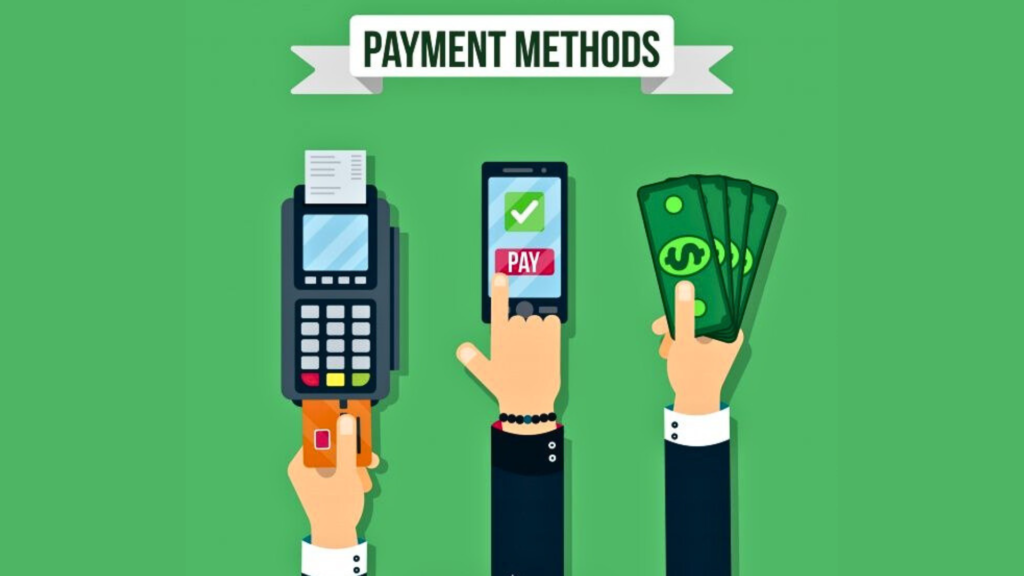
Now that you have a better understanding of the different types of terminals, how they work, and which features may be suitable for your business, this can make all the difference. So if you’ve ever had second thoughts about getting credit card terminals for your business, this is the sign that you need them, as they will help you take your business to the next level.

